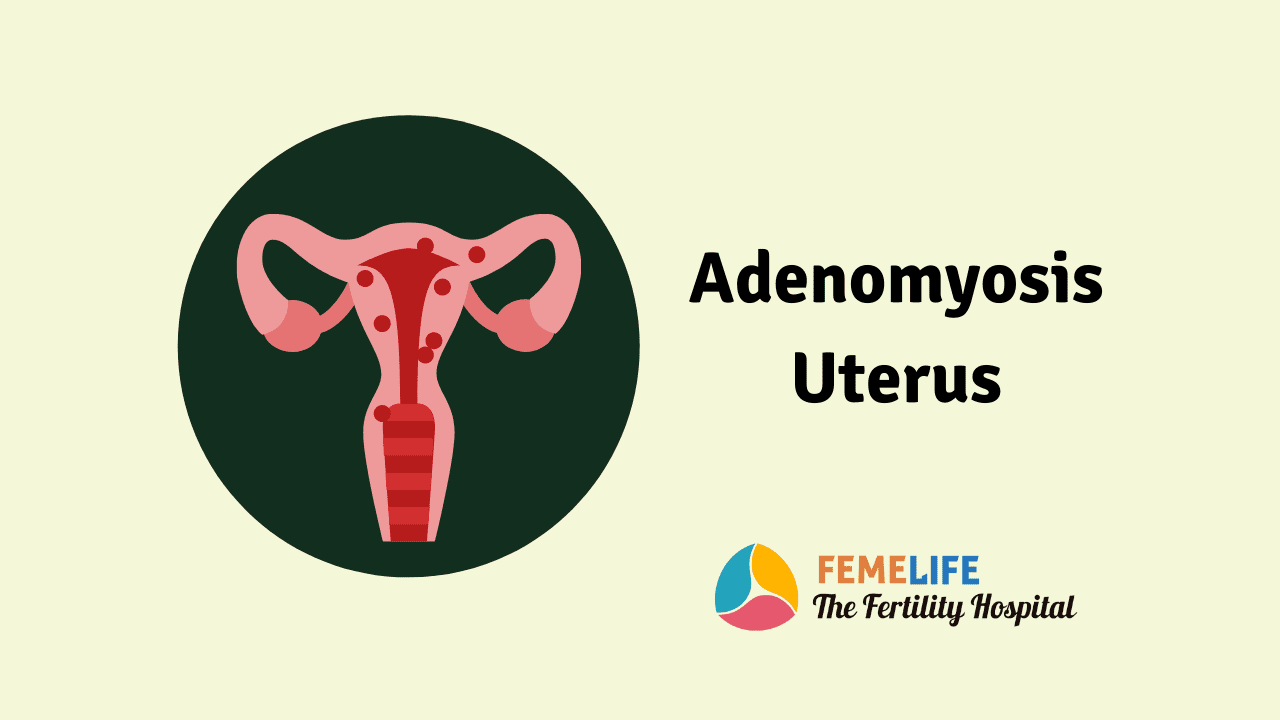Contents
Light-near dissociation (LND) is a pupillary sign that occurs when the pupillary light reaction is impaired while the near reaction (accommodative response) remains intact.
Pretectal lesions may be associated with any of 3 different patterns of pupillary deficit.
- Midline lesions affecting the posterior commissure cause bilateral LND,
- Lesions located more ventrolaterally within the periaqueductal gray cause ipsilateral LND,
- Lesions located more dorsolaterally within the superior brachium cause a contralateral relative afferent pupillary defect
Pretectal area
Pretectal area or pretectum, is a midbrain structure composed of seven nuclei and comprises part of the subcortical visual system
Unilateral LND
- Afferent conduction defect
- Adie pupil
Herpes zoster ophthalmicus - Aberrant regeneration of the third cranial nerve
- (pseudo-ARP)
Bilateral LND
- Neurosyphilis
- Type 1 diabetes mellitus
- Myotonic dystrophy
- Parinaud (dorsal midbrain) syndrome
- Familial amyloidosis
- Encephalitis
- Chronic alcoholism
- Charcot-Marie-Tooth disease
- Dejerine-Sottas disease


Adenomyosis Uterus: Facts to Know – FEMELIFE
Adenomyosis uterus can cause complications during pregnancy like early pregnancy loss or preterm delivery due the inflammation of womb.

